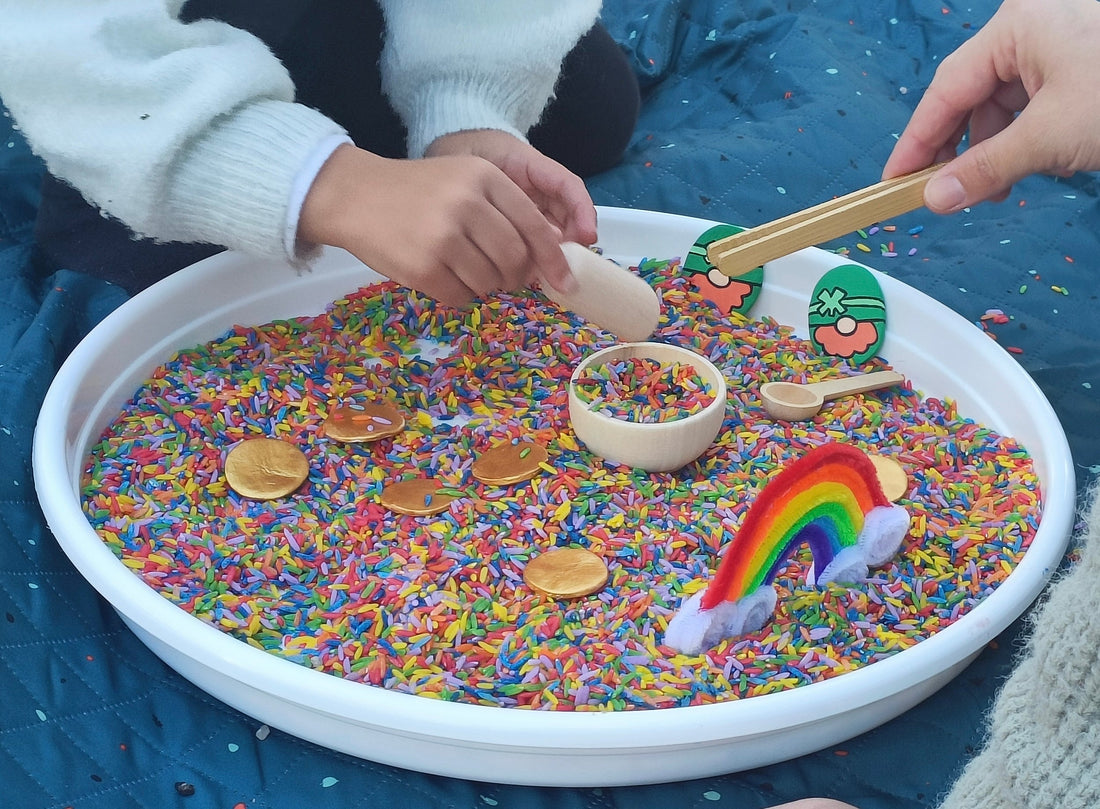
Exploring Colors and Textures Through Sensory Art
Marge JimenezShare
Sensory art is a wonderful way for children to discover the world around them while expressing their creativity. By engaging their senses—sight, touch, and sometimes even smell—children can explore colors, textures, and materials in a hands-on and meaningful way. Sensory art activities are not only fun but also provide opportunities for learning and development.
What is Sensory Art?
Sensory art focuses on the process of creating rather than the end result. It allows children to experiment freely with materials, textures, and colors without the pressure of creating a “perfect” piece of art. This type of activity is ideal for fostering creativity and encouraging exploration.Benefits of Sensory Art
1. Enhances Creativity and Imagination
Sensory art allows kids to think outside the box, try new things, and experiment with different materials and colors.
2. Supports Cognitive Development
Mixing colors, identifying textures, and exploring shapes all help develop problem-solving and critical thinking skills.
3. Improves Fine Motor Skills
Activities like painting, squishing clay, or gluing materials onto paper strengthen hand-eye coordination and finger muscles.
4. Encourages Emotional Expression
Through art, children can express feelings they may not yet be able to verbalize. It’s a great outlet for emotions and self-expression.
5. Promotes Sensory Exploration
Engaging the senses in art-making helps children connect to their environment in a tangible way. They learn how different materials feel, how colors mix, and how textures change when combined.
Ideas for Sensory Art Projects
1. Finger Painting with Bright Colors
Provide children with non-toxic finger paints and let them mix and explore colors with their hands. The squishy, smooth texture makes the experience even more enjoyable.
2. Textured Collages
Offer materials like fabric scraps, sandpaper, feathers, cotton balls, and glitter. Let kids create a collage while exploring how each material feels.
3. Salt and Watercolor Paintings
Have children draw designs with glue, sprinkle salt on top, and then paint over it with watercolors. The salt absorbs the paint, creating beautiful textured effects.
4. Clay or Playdough Creations
Let children mold and shape clay or playdough. Add beads, pasta, or buttons to create patterns and textures.
5. Nature Prints
Collect leaves, flowers, or other natural objects. Use paint to make prints on paper or create rubbings with crayons.
Tips for Successful Sensory Art Activities
- Emphasize the Process: Focus on the experience of creating rather than the final product.
- Encourage Exploration: Let kids experiment freely without correcting or guiding too much.
- Use Safe Materials: Ensure all materials are child-safe and age-appropriate.
- Prepare for Mess: Cover the area with a mat or old sheet and have wipes or towels ready for cleanup.
- Talk About the Senses: Ask your child how the materials feel, look, and even smell to deepen their sensory experience.
Why Sensory Art Matters
Sensory art combines creativity with exploration, making it a perfect activity for young children. It nurtures curiosity, self-expression, and skill development—all while having fun. Whether it’s through finger painting, textured collages, or clay molding, sensory art opens a world of colors and textures for kids to explore and enjoy.
